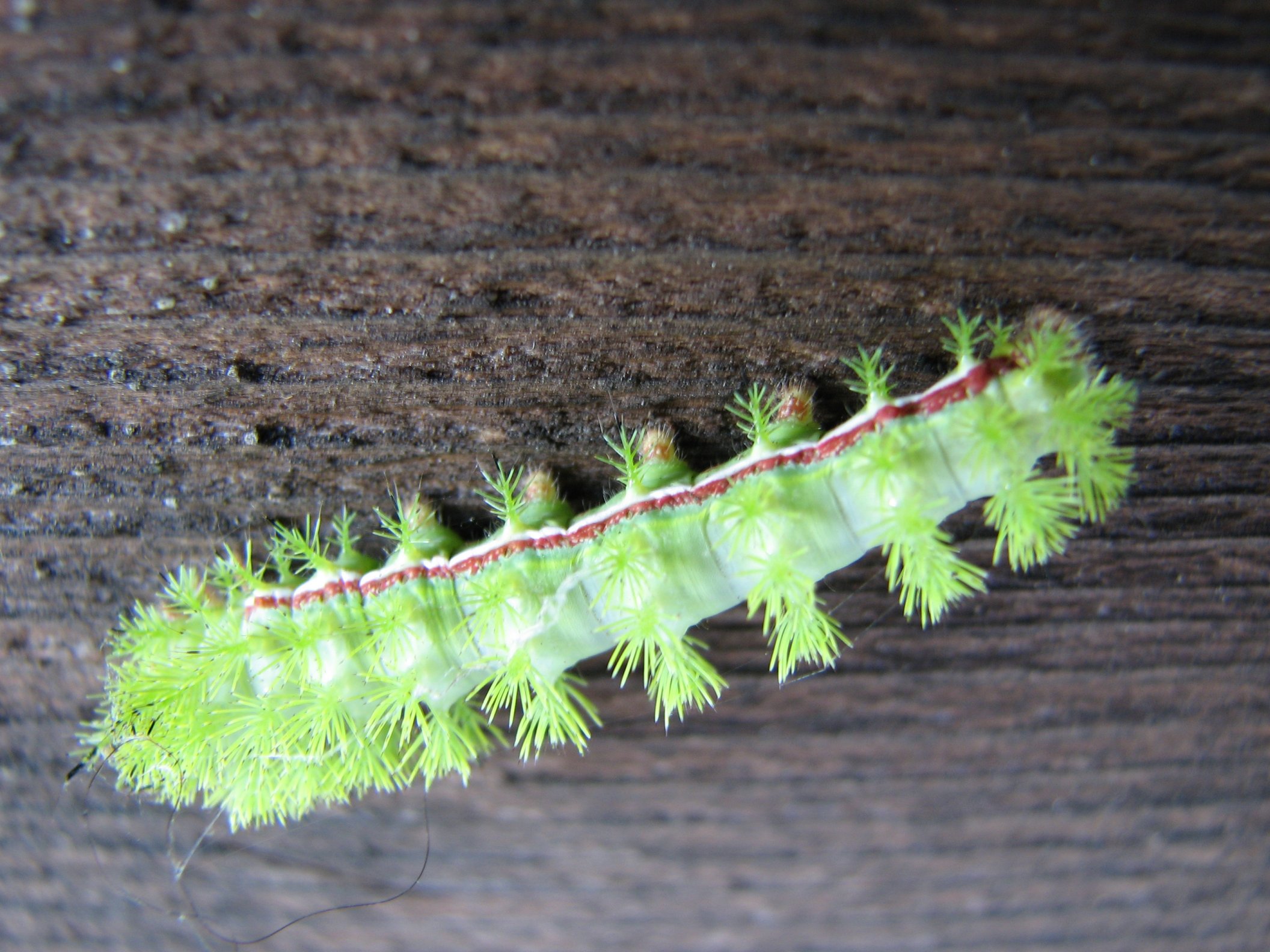Six toxic critters that can be found in Canada
Digital Reporter
Wednesday, June 3, 2015, 7:25 PM - Australia is home to some of the deadliest animals in the world, but toxic critters can be found virtually everywhere -- even in Canada. Here are six dangerous critters that can be found in the Great White North (and one that can't).
1. The massassauga rattlesnake

The massassauga rattlesnake is the only venomous snake found in Ontario.
It can grow up to a metre in length and while it certainly looks intimidating, wildlife experts are quick to point out this species is actually quite timid and will only strike if it feels threatened.
![]() RELATED: More than 100 snakes found in Saskatchewan home
RELATED: More than 100 snakes found in Saskatchewan home
The snake only injects its venom into victims about 75% of the time.
People who exhibit symptoms of being bitten require about $9,000 worth of anti-venom treatment, according to the Toronto Star.
2. The black widow spider

Black widow spiders are rare in Canada, but they can be found in southern regions along the Canada-U.S. border.
This shiny black spider is best identified by a distinct red hourglass mark on the underside of its stomach.
"It spins a small, silk web close to the ground and is found in secluded places like garages and sheds, or under rocks or fallen trees when outside," The Government of Canada writes on its website.
"It is not aggressive and prefers fleeing when disturbed, so it will only bite to defend itself ... If you are concerned about the potential presence of black widow spiders, be careful when working around spider webs in secluded areas, and wear protective gloves if needed."
While bites from black widow spiders aren't usually fatal, symptoms can persist for several weeks and include severe muscle pain, abdominal cramps and muscle spasms.
Some people who are bitten by the spider experience no symptoms at all.
3. The Canadian toad

This toad is considered safe to handle, despite being toxic. It's the smallest toad in Alberta, ranging in length from 37 to 75 millimetres.
Its parotid gland secretes a toxin that protects against predators.
This toxin can cause irritation to the eyes and mouth and ingesting the toad can cause illness.
4. The hickory tussock moth caterpillar

Prevalent in the summer and fall across southern Ontario, the hickory tussock moth caterpillar is about 5 cm long with fluffs of hair that connect to poison glands.
Touching the hairs releases the poison. This can cause a stinging or itching sensation that can last up to 20 minutes.
5.The northern Pacific rattlesnake

Found in Interior B.C., the northern Pacific rattlesnake can grow up to 1.6 metres in length and is usually found in dry, open land.
It will not strike unless it feels threatened, and will normally slither away to avoid confrontation.
Prior to attacking, the snake will send out a warning by coiling and vibrating its rattle.
Bites are rarely fatal but can cause severe abdominal cramps, nausea and shortness of breath.
6. The io moth caterpillar

The io moth rangers from southeastern Manitoba to southern Ontario, Quebec and New Brunswick.
![]() RELATED: Fuzzy, venomous caterpillars invade parts of the U.S.
RELATED: Fuzzy, venomous caterpillars invade parts of the U.S.
Its green spikes are loaded with poison, and the lightest tough can cause an intense burning sensation.
What about the brown recluse spider?
A quick Google search may reveal reports that point to the presence of the venomous brown recluse spider in Canada, but experts say this particular arachnid is not found in the country.
In the past, some insect bites reported in Canada may have been misdiagnosed as brown spider recluse bites, contributing to the misconception the brown recluse is present in Canada.
A report in LiveScience suggests that other spider species present in Canada may be misidentified as a brown recluse spider, adding to the confusion.
A 2004 paper that appeared in the journal Canadian Family Physician suggests that 80 per cent of spider-bite diagnoses are incorrect, with the real cause of the discomfort stemming from something unrelated, like a fungal infection, poison ivy or pressure sores.
Editor's Note: The Canadian toad was called venomous in an earlier version of this story. It has since been changed to toxic.



